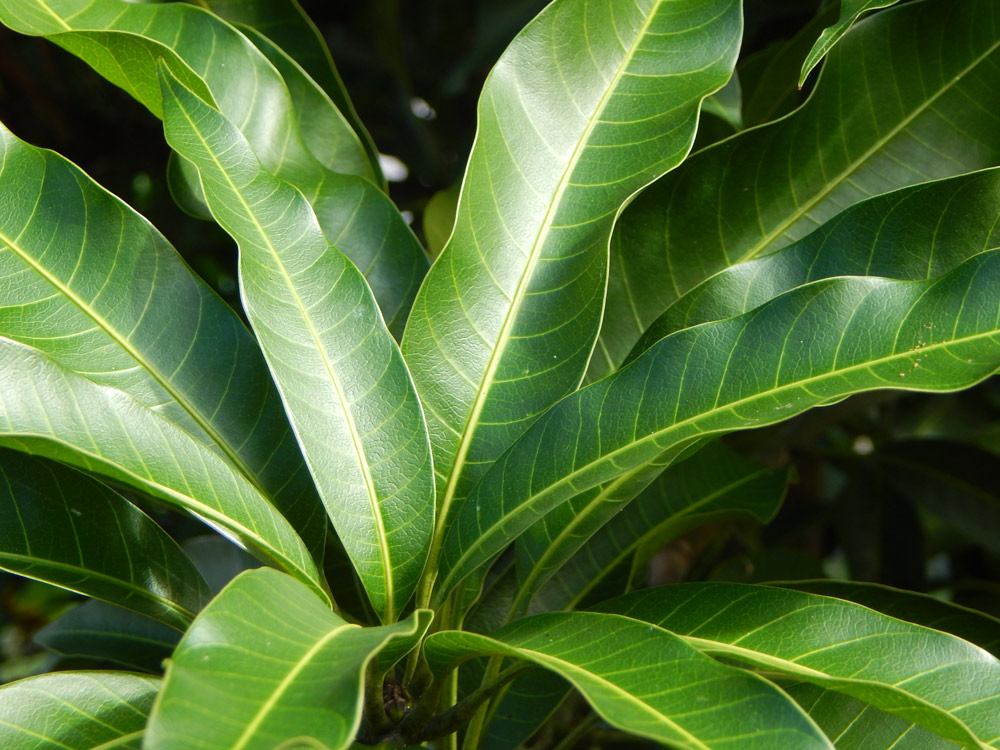I’ve got two questions from a reader I’ll answer today today: gardening in shells and mango propagation. Let’s jump in!
Deniz writes:
“Hope you and your family feel much better since the car accident. It has finally rained today after weeks of drought, I hope it rains in the tropics soon too. I had questions about starting my own mango trees. What do you things is the easiest method to start from seed and can mangoes also be grown from cuttings? I am also planning on making a food forest with mango as the main large tree, the only problem is that that soil was infilled with shells to about a depth of two feet, what would be a easier method to grow trees in this substrate then digging it all up and replacing? The sediment that it produces is white and does not retain water and contain any organic matter. In the summer weeds grow all of the garden except for this area, and this area is the only area large enough to make a food forest as I have a small yard.”
Let’s attack mango propagation first:
Mango Propagation
Growing Mangoes from Seed
Mangoes are very easy to grow from seed.
Take seeds right from fresh fruit and don’t allow them to dry out. Plant them an inch or two deep in potting soil or compost and keep them watered. It usually takes about a month from them to germinate. Years ago when I started my first mango from seed, I read that if the pit sends up multiple sprouts, it will produce “true to type.” If it sends up a single shoot, it’s a wildcard.
Some sites recommend cutting open the husk of a mango seed and just planting the embryo. This may increase your germination rates but I haven’t found it necessary. If you do open it up, you can see whether it’s polyembryonic or monoembyronic, i.e. a multiple or single-shoot type. The polyembryonic seeds have multiple sections inside them.
If it’s a single-shoot seedling you get, don’t worry. It will likely give you fruit, but if you want a specific type of fruit, you’ll have to graft to make sure you get that.
Fortunately, mangoes are very easy to graft. My grafting video demonstrates multiple easy methods, and there are more online.
This page has a lot on mango propagation, plus grafting.
Growing Mangoes from Cuttings
Mangoes are not normally grown from cuttings.
Seedlings or grafting would be my recommendation, though from rumors on the ‘net some people have apparently rooted them from cuttings.
I tried air-layering my Grandpa’s mango tree without luck and eventually gave up. That’s a more forgiving method than cuttings and if it didn’t work, well, I just don’t want to bother. Seeds it is!
Gardening on Shells
The shell fill sounds like the problem with many gardens in the Florida Keys. High pH, no water retention, almost zero organic matter.
“On our type of lime rock fill soils, with high pH, minor elements will become insoluble in water. This is of concern since unless something is dissolved in water, it cannot be absorbed by plant roots, even though it may be present in the soil in high levels. With the addition of organic matter such as composted plant materials, mulch or leaf litter, the soil pH can be lowered. Over time, the area with added organic matter can be fertilized with minor elements. The elements will stay soluble and plants will produce healthy vigorous growth and happiness for you.”
I’m a member of Steve Solomon’s Soils and Health Group on Yahoo so I sent your question on gardening in shells by them for more insight.
Russel Lopez wrote back:
“I’m not familiar with mango trees, but I don’t think I would go to all the trouble of digging out substrate, unless you have access to heavy equipment and lots of good fill to replace it with. You would essentially be making a pot in the ground.”
He then linked to this article, which notes:
“Early studies of tree roots from the 1930s, often working in easy-to-dig loess soils, presented an image of trees with deep roots and root architecture that mimicked the structure of the top of the tree. The idea of a deeply-rooted tree became embedded as the typical root system for all trees. Later work on urban trees that were planted in more compacted soils more often found very shallow, horizontal root systems. Urban foresters have successfully spent a lot of energy trying to make people understand that tree roots have a basically horizontal orientation, to the point that even many tree professionals now believe that deep roots in trees are a myth. The truth lies somewhere in between deep roots and shallow roots.”


6 comments
I was wondering if I can sent you a picture to help me identify a plant?
Sure. I’m david@thesurvivalgardener.com.
Hey David when are you going to post the “Compost your enemies” t-shirts for sale?
Right here! https://aardvarktees.com/products/compost-your-enemies
I started a mango tree from a pit and now it’s about 3 feet tall. Should I prune the lower shoots to give it a tree shape or just leave it for now?
I would leave the lower shoots alone and cut the top off to make it spread. I like to keep mango trees shorter.
Comments are closed.